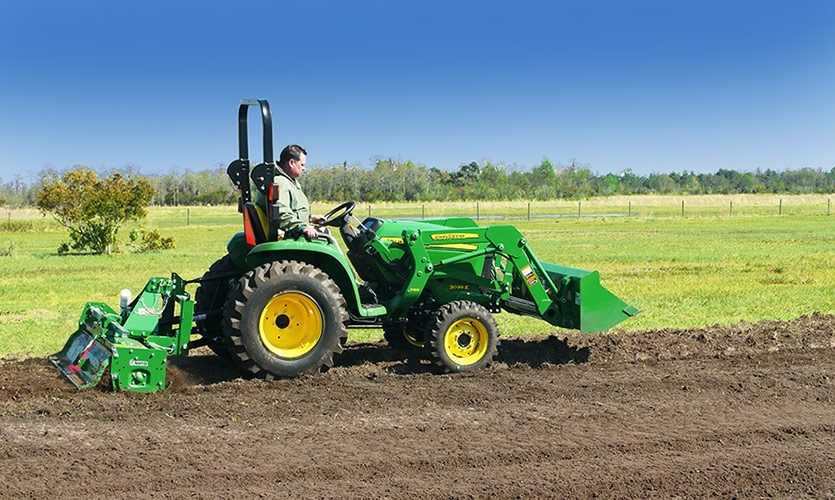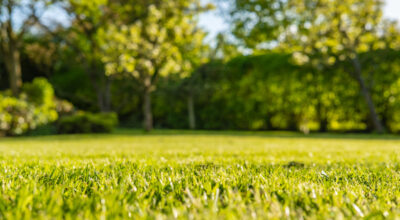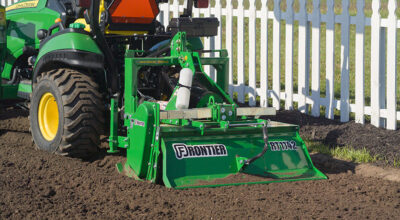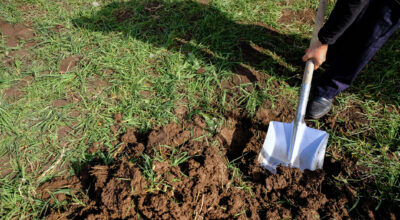Even though winter weather is still in full force, the spring season is just a couple months away. With this in mind, it’s not too early to start thinking about ways to improve your garden this year. Constructing a strong garden is much like construction a home or building, with the foundation being the starting point for building up. When it comes to gardening, the soil is the foundation.

Here are some steps to consider as you look for ways to make great garden soil this season.
- Test the soil
- Apply soil improvement products
- Till the garden
- Remove garden plant residue
- Plant cover crops
- Track the results
Note: These tips assume the garden is placed in a spot that will get water and at least six hours of natural sunlight.
1. Test the Soil
Before anything else is done, you should first test your soil. Doing so will allow you to gain a better understanding of the soil’s nutrient content, pH level, and composition. Contact your local county extension office if you need assistance with soil testing. This step sets the table for the rest of the process.
2. Apply Soil Improvement Products
The soil testing process should help you identify and understand where your soil needs to be improved. If you’re growing a garden in a newer location, you’ll want to add organic matter such as compost or manure. It’s critical to understand the type of soil you are dealing with to achieve the desired results.
3. Till the Garden
If you choose to till the garden with a rotary tiller, be sure not till too deep or too thoroughly.You don’t want to till the soil so much that it loses its tilth and ability to absorb key nutrients.
4. Remove Garden Plant Residue
After the growing season has concluded, it’s time to start thinking about next year. This process starts with removing plant residue by plowing it under.
5. Plant Cover Crops
Another way to improve the soil for the following season is to add cover crops before winter arrives. When the next spring arrives, simply cut down the cover crops and let them decompose into the soil for added nutrients.
6. Track the Results
We’re all human. Therefore, it’s critical that we learn from our successes and mistakes. After each harvest, evaluate the results and the condition of the soil before thinking about the next season.
Final Thoughts
We hope these tips have shown you how to make garden soil that’s better than your neighbor’s this season and moving forward. For more information about creating a top-notch garden, visit this page and contact your local John Deere dealer if you’re looking for equipment to help you through the process.
If you enjoyed this post or want to read others, feel free to connect with us on Facebook, or Twitter!


